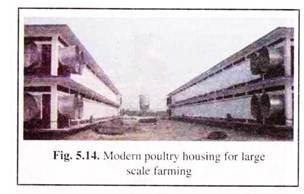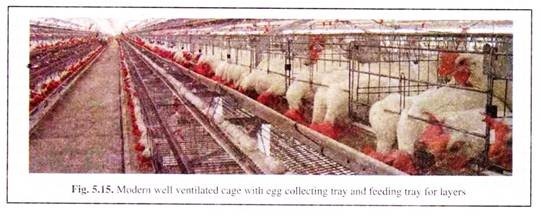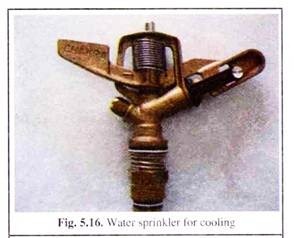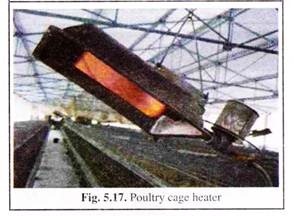The following points highlight the eighteen major norms and recommended practices to obtain maximum economic benefit from poultry farming.
(1) Selection of well-raised land for poultry sheds is of prime importance. Land with hard rock or murram is more suitable. Water logging and flooding near the sheds should not be allowed. Separate sheds for growers and layers will yield good result.
(2) It should be ensured that there is adequate facility for water, electricity, approach road, supply of chicks, and feed, veterinary aid and nearer to market for sale of cull birds and eggs.
(3) A farmer should obtain training/experience in layer farming before starting a farm. Dedicated farmers should be mentally prepared to stay on the farm and have constant supervision.
ADVERTISEMENTS:
(4) Adequate floor space per bird as per specifications for construction of poultry sheds should be provided.
(5) Sheds should be constructed in such a way that the end walls face East-West direction and the side walls face North-South direction, so that rain water will not enter the sheds.
(6) Strong roof and hard flooring is recommended. Plinth of the shed will be raised at least one foot above the outside ground level (Fig. 5.14).
(7) Provide 3 to 4 feet overhanging of the roof to avoid entry of rainwater inside the shed.
ADVERTISEMENTS:
(8) Provide at least 50 feet distance between two sheds in the same sector and about 150 feet between growing and laying sector.
(9) Egg producing chicks should be kept in cages with egg collecting trays (Fig. 5.15).
(10) Provision should be there for adequate light and ventilation and comfortable housing conditions during all seasons (cool in summer and warm in winter).
ADVERTISEMENTS:
(11) During dry and hot season, if required, water sprinkler should be used for spraying water uniformly (Fig. 5.16). This will keep the poultry cool.
(12) During cool period heater should be used to keep the cage hot and dry (Fig. 5.17).
(13) Construction of the sheds should be in such a way that predators (cats/dogs/snakes) will not enter the shed. Entry of rats can be avoided by constructing rat-proof civil structures.
(14) Shed should be kept clean and free from flies, mosquitoes, etc.
(15) After every batch of growers/culled birds is disposed of, the dirty litter material and manure should be removed. Walls and floors should be cleaned, whitewashed with lime and disinfected with 0.5% Malathion or DDT insecticide spray.
(16) If deep litter system is followed, always dry and clean litter material (sawdust, paddy husk, etc.) should be used. 4-inch layer of litter should be spread on the floor. It is necessary to keep the litter clean and disinfect brooding, feeding and watering equipment’s before introducing the chicks into the house.
ADVERTISEMENTS:
(17) The litter material should always be kept loose and dry. The litter should be stirred twice a week. Any wet litter/droppings etc. should be removed and replaced with fresh/clean dry litter.
(18) If cage system is followed, droppings should be spread with lime powder or 10% Malathion spray twice a month to prevent menace of flies. The droppings under the cage should be removed after 6 months.



